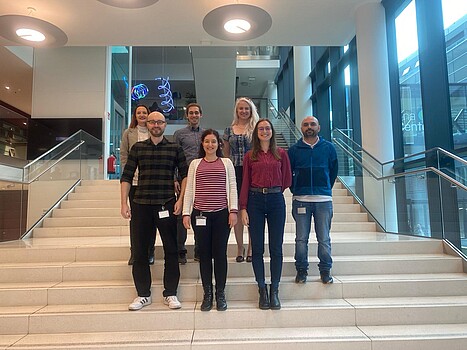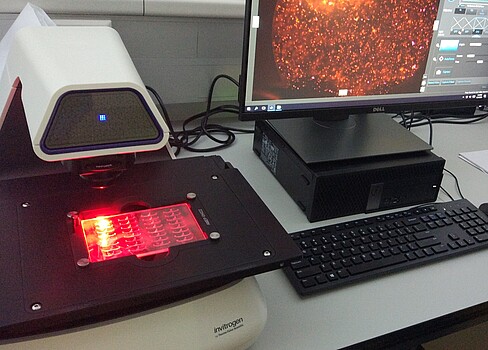You developed an “organ-on-a-chip-model” – how does it work?
Spun out of the TUWien and Vetmeduni Wien, our technology is a simple way to look at a complicated disease. We take cartilage cells and simulate their native environment within our chip so that the cells behave in a more lifelike way. This allows us to measure how the cells respond to inflammation and different medications in a more clinically relevant way. The simple features of the chip, like the intermittent supply of liquid nutrients, mimic some of the conditions natural to cartilage such as lack of blood supply and varying stresses the tissue experiences.
Why arthritis?
Arthritis is a much more prevalent and insidious disease than we often acknowledge, affecting about 325 million people worldwide and accounting for a massive socioeconomic burden. For example, in the US alone, arthritis cost over $300 billion in direct health care costs and lost job wages in 2013.
What’s worse, though, is the forecasted increase in arthritis patients by 100% in the next 20 years – most new patients are under the age of 64! Generally, women may be more affected and science is revealing some important relationships between arthritis and fatal diseases including diabetes, heart disease, clinical depression and others. The most discouraging statistic here, however, remains the unmet need: despite more than 80 years of research, there is still no cure for arthritis and only about one third of patients respond to state of the art treatment.

